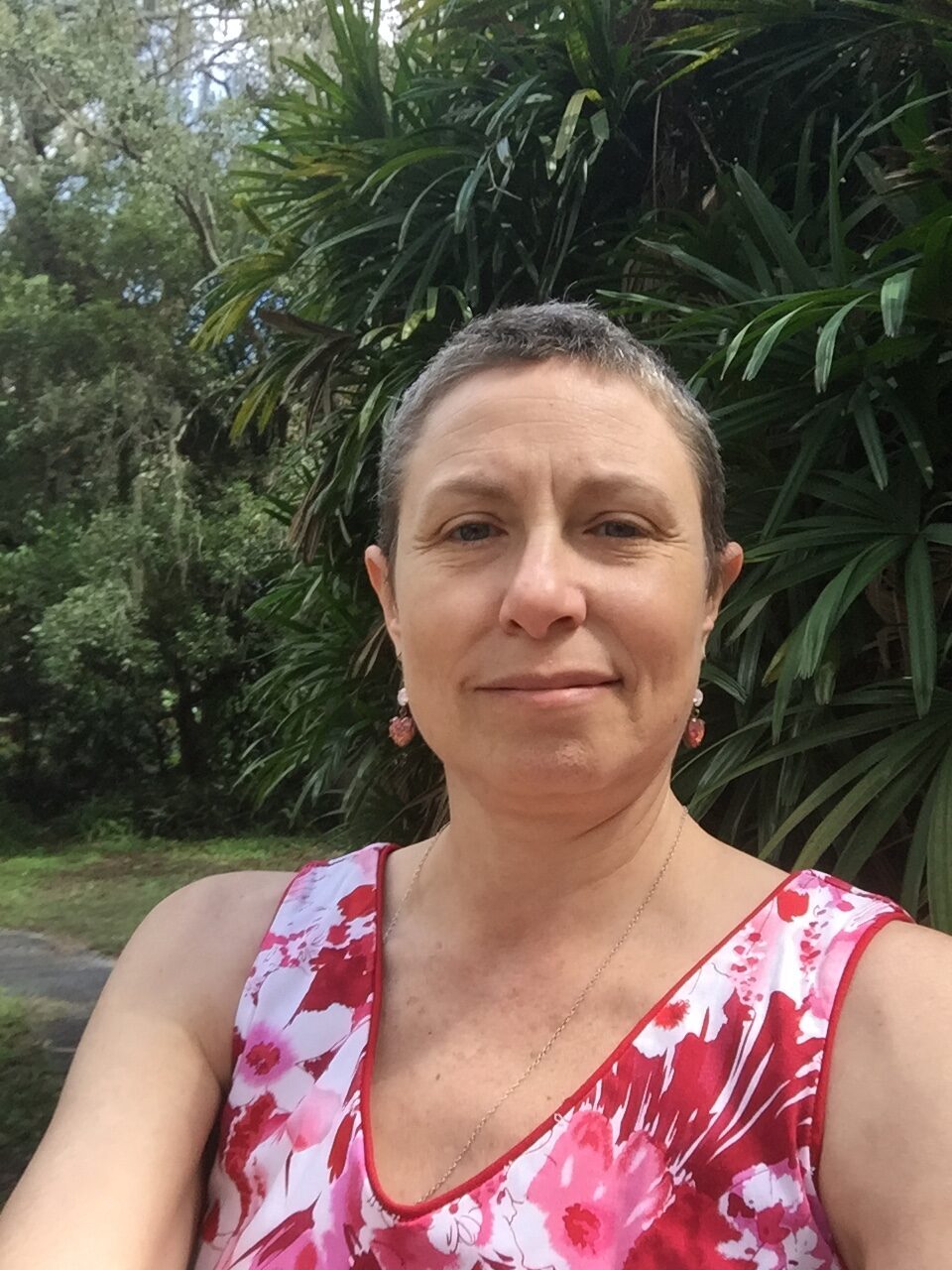In a recent thread on Facebook, there was a question about what master’s programs in TPC looked like. This overview of master’s programs from 2009 is still pretty accurate holistically, but since I am slowly and steadily (think turtle scholar here) working my way through finishing up my longitudinal study of TPC programs, I do have some updated information.
Specifically, the question was what courses were required for students to take. In a follow-up query, I was asked about the data on MA versus MS and what programs are named. So I thought would answer these questions here to give something of a sneak peek at the larger study.
*Disclaimer: The data here are still in process. It will likely not change very much, but should not be quoted outside of local contexts. Should you need a better understanding of the research process, please contact me.
Number of degrees
We currently have 106 institutions offering MA/MS degrees. This represents a ten-year, straight line growth rate of 26% (from 2009 to 2019).
There are currently 25% of the degrees offered fully online.
MA/MS
MA= 69%
MS= 31%
Names of degrees
| Instructional design | 2% |
| communication | 3% |
| Technical and scientific communication | 4% |
| Technical writing | 4% |
| other | 5% |
| Technical and professional communication | 6% |
| Technical and professional writing | 7% |
| writing | 8% |
| Professional communication | 13% |
| Technical communication | 21% |
| Professional writing | 29% |
The names of the degrees can be further defined by whether the degree is in some form of TPC or is an emphasis degree, which is in something (e.g., English) with an emphasis in TPC. Unlike undergraduate emphasis degrees that often have limited curricula (that is only 4-6 courses in TPC), masters’ degrees are fairly similar no matter if they are a degree in TPC or an emphasis degree. The breakdown between the two if you are curious is
- In TPC = 55%
- Emphasis = 45%
most common required courses
As one would expect, masters degrees are diverse due to local circumstances of industry and more so, of faculty. However, there are courses that are required by programs that suggest there is a common core across the field. The courses that come to the top in this regard are
- theory courses (particularly rhetoric course)
- research method/ology
- intro to the field/discipline
The next set of courses that are common across programs but couldn’t be classified as core straight on numbers of institutions that require them are
- capstone
- editing
- visual/design
If you have more specific questions, just let me know. I am always happy to send folks the raw data to look at, especially since it’s taking me so ridiculously long to get this project done.
